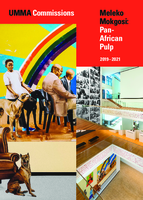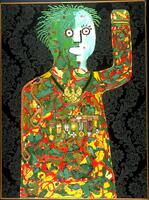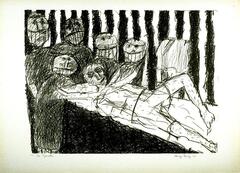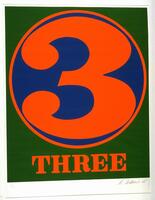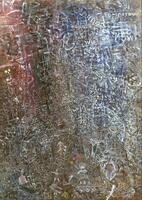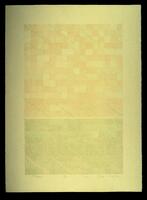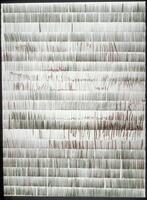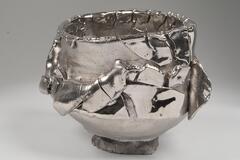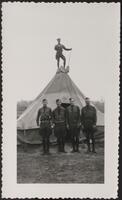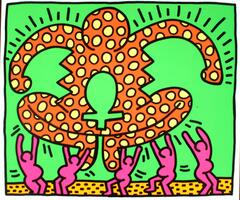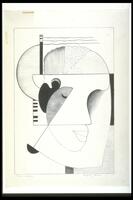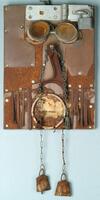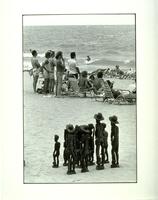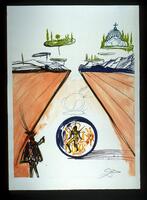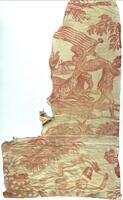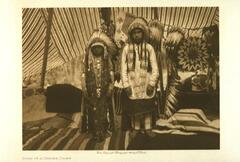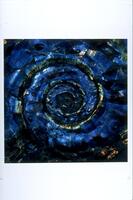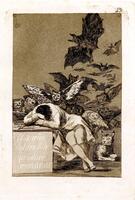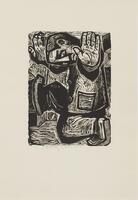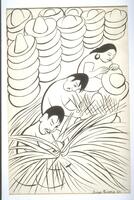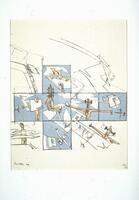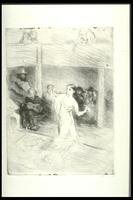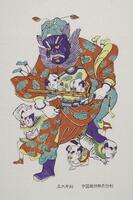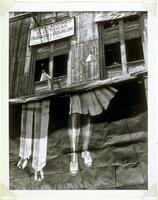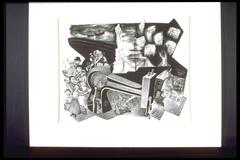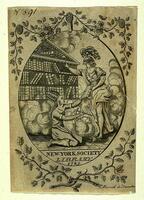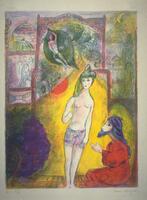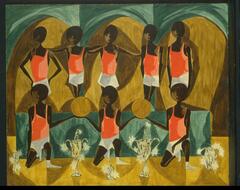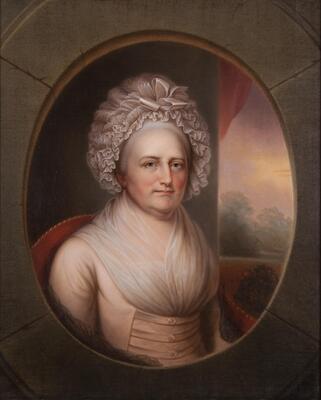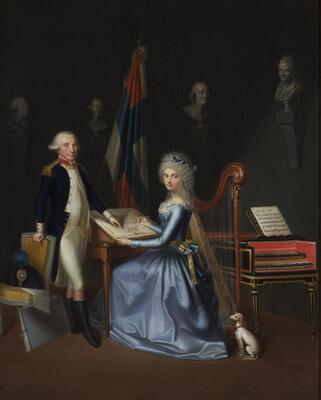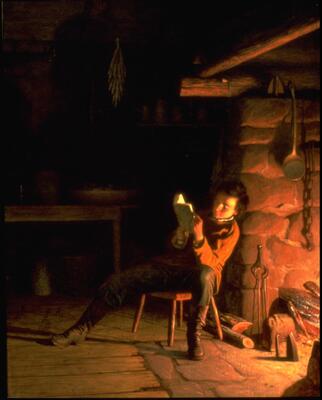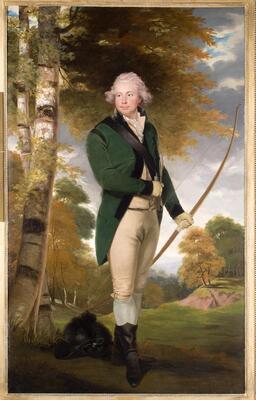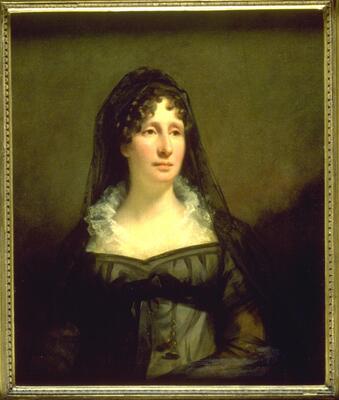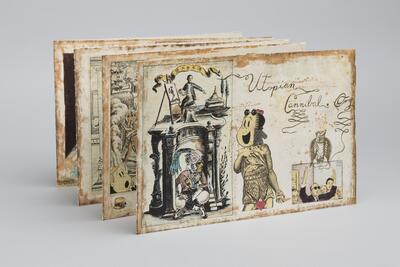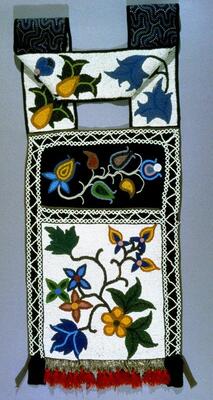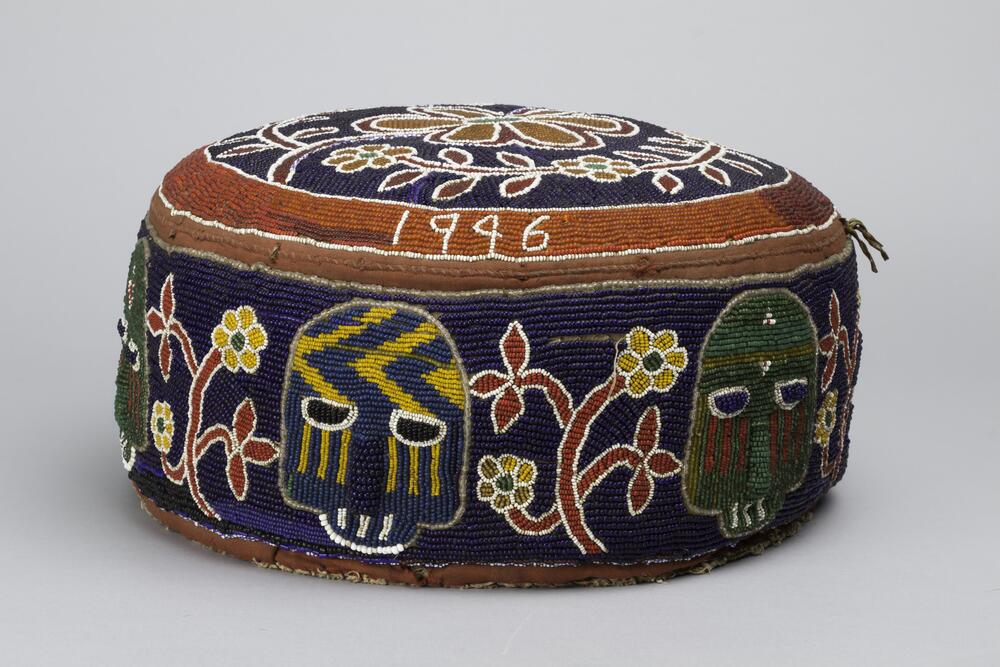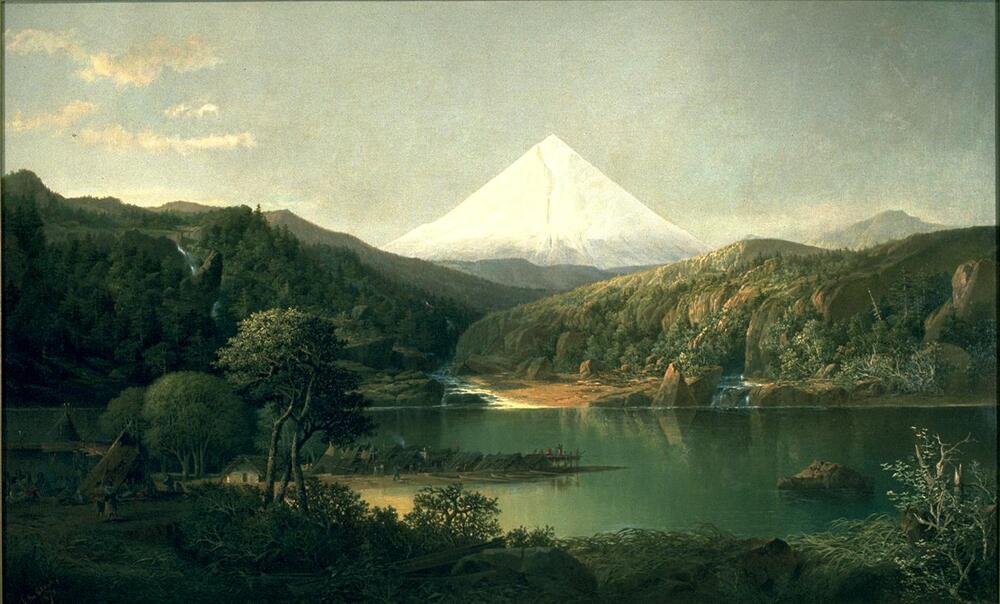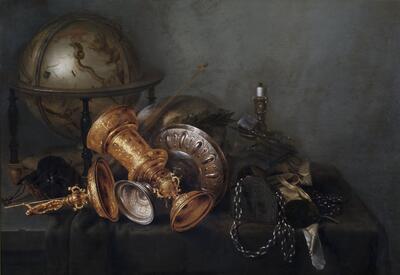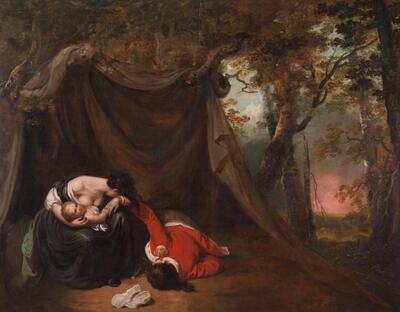Unsettling Histories: Legacies of Slavery and Colonialism
Teaching Guide
UNSETTLING HISTORIES REJECTS THE SIMPLE NARRATIVES OF OUR COLLECTION’S PAST AND FORCES US TO EXAMINE WHOSE HISTORY WE PRIORITIZE AND WHY.
Organized as a response to the Museum’s recent acquisition of Titus Kaphar’s Flay (James Madison), this upcoming reinstallation of one of our most prominent gallery spaces forces us to grapple with our collection of European and American art, 1650-1850.
In recent times, growing public awareness of the continued reverberations of the legacy of slavery and colonization has challenged museums to examine the uncomfortable histories contained in our collections, and challenged the public to probe the choices we make about those stories. Choices about which artists you see in our galleries, choices about what relevant facts we share about the works, and choices about what - out of an infinite number of options - we don’t say about them.
Pieces in this exhibition were made at a time when the world came to be shaped by the ideologies of colonial expansion and Western domination. And yet, that history and the stories of those marginalized do not readily appear in the still lives and portraits on display here. By grappling with what is visible and what remains hidden, we are forced to examine whose stories and histories are prioritized and why.
In this online exhibition, you can explore our efforts to deeply question the Museum’s collection and our own past complicity in favoring colonial voices. In the Museum gallery, you’ll be able to experience the changes we’re making to the physical space to highlight a more honest version of European and American history.
By challenging our own practice, and continuing to add to what we know and what we write about the works we display, UMMA tells a more complex and more complete story of this nation - one that unsettles and fails to settle for, simple narratives.
"Invisible things are not necessarily ‘not there’.... Certain absences are so stressed, so ornate, so planned, they call attention to themselves; arrest us with intentionality and purpose, like neighborhoods that are defined by the population held away from them" - Toni Morrison
Portraiture & Museum Labels
As part of the Unsettling Histories reinstallation, we are taking a critical look at the labels we use to represent the works on display and works in the Museum’s online collection database. In the coming months, we’ll use this space to share the updated labels that will accompany works when this exhibition opens to the public. This exhibition will also use an open-source typeface created by Kaphar and the poet, Reginald Dwayne Betts for the Redaction project.
The Redaction project, exhibited at MoMa PS1, sought to look at the injustices and abuses within the U.S. criminal justice system. Knowing that our present criminal justice system is rooted in the legacies of chattel slavery, we see the use of this typeface as a continuation of how our country’s dark legacy reverberates today.
Questions:
- Take a look at the original labels created by the museum for each painting (especially for Martha Washington and Boyhood of Lincoln). What information is included about these individuals? Based on time period and status, what historical information was likely left out?
- It would have been expensive to commission a portrait during this time, limiting the accessibility to the wealthy and noble. How do you think these elites obtained their wealth?
- How would you rewrite this label to reflect an accurate description of history?
- How are these individuals visually represented? How has the artist portrayed them? (Consider clothing, setting, props, etc.)
- The gallery is the European and American art from 1650-1850. Whose portraits are left out/who is not represented here? What are some reasons that play into that?
FLAY (JAMES MADISON)
Through the acts of shredding, cutting, shrouding, tarring, erasing, breaking, and nailing, the Kalamazoo-born artist Titus Kaphar sheds light on unspoken truths in our country’s history, examining how histories have been rewritten, distorted, reimagined, and understood.
Flay (James Madison), is one of several portraits in a series where Kaphar scrutinizes the Founding Fathers of the United States. As national figures, the Founding Fathers are revered as great men who fought against the tyranny of British rule and achieved liberty for the colonies. The complications of their story come from the fact that many of these men simultaneously participated in the trans-Atlantic slave trade. This “flayed” portrait of Madison features fringes of cut canvas hung with nails, clearly revealing/unveiling his lesser widely known role as an owner of more than 300 enslaved individuals. For Unsettling Histories, this work will serve as the centerpiece of our reinstalled gallery.
How does Titus Kaphar's manipulation of the portrait of James Madison affect how you think about him and his history? About the history of founding fathers?
Legacies of Colonialism
- Looking at these objects, how can these be used to discuss the effects of colonialism and slavery?
- The Ojibwe Bandolier Bag is from Northern Michigan, and the Yoruba Cushion is from Western Africa. While these two locations are very far apart, how are they similar? How has colonialism similarly impacted their beadwork?
See the entire utopiancannibal.org piece here.
Landscapes and Scenes
Take a look at this painting of Mt. Hood (Oregon).
- What do you notice in this painting? What do you see?
- How is nature represented?
- How are people represented? (further, who do we see represented)
-
Describe how this painting embodies the settler ideal of Manifest Destiny.
Take a look at these various paintings that have been on display in the Davidson gallery for at least 10 years.
- How do these paintings represent the white colonists?
- Who don't you see represented in these paintings (that are intentionally being erased or left out of the picture)
- How is the military presented in these paintings?
Part of 4 Learning Collections
<p><span style="font-size: 14px;">Teaching Guide</s...
<p><span style="font-size: 14px;"><b>Jennifer Fries...
<p><span style="font-size: 14px;">Teaching Guide</s...
<p><br></p>W20 / W 21 Andre - AAS 201
<p><span style="font-size: 14px;">W20 RAMIREZ - CAT...
<p><span style="font-size: 14px;">Originally used f...
<p><i>Oh, honey... A Queer Reading of the Collectio...
<p><span style="font-size: 14px;">Teaching Guide</s...
<p><span style="font-size: 14px;">Teaching Guide</s...
Created For
K-12 EducatorK-12 Student
Museum Visitor
UMMA Docent
UMMA Staff
University Faculty
University Student
Rate this Resource
AVG: 0 | Ratings: 0
& Author Notes
All Rights ReservedLast Updated
February 26, 2021 2:03 p.m.Report
Reporting Policy
